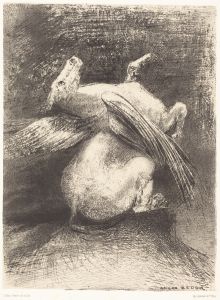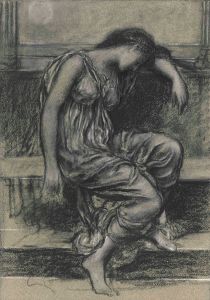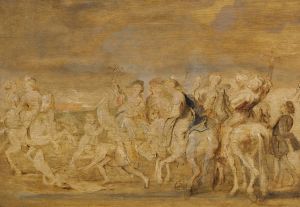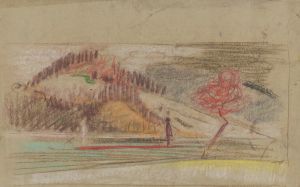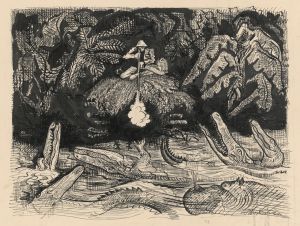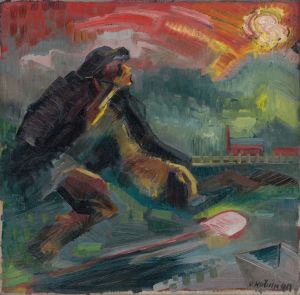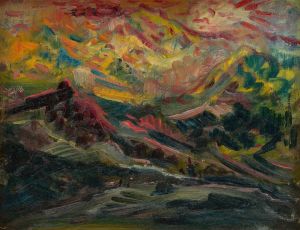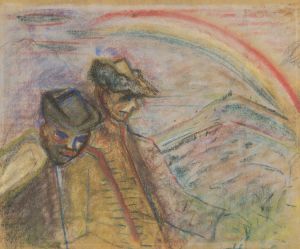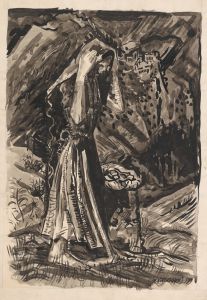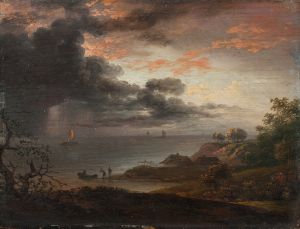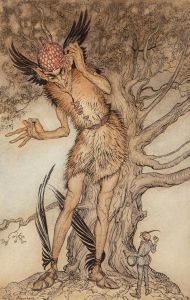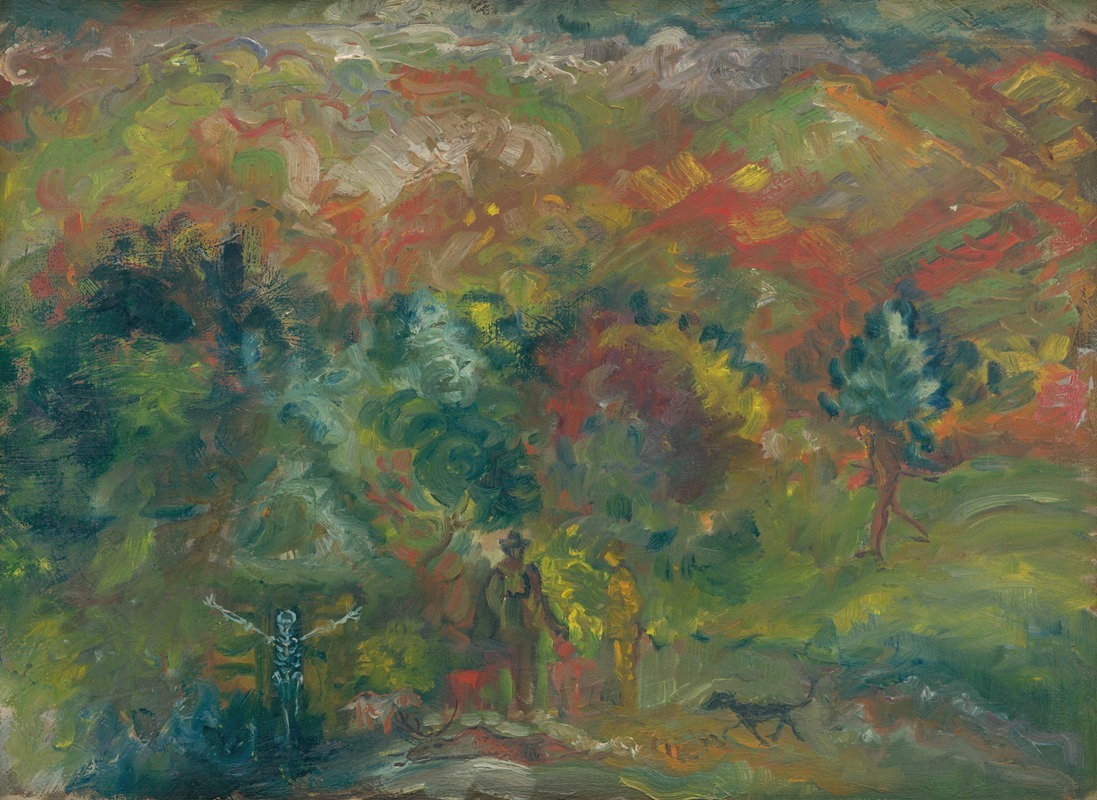
Hunters and Death
A hand-painted replica of Arnold Peter Weisz-Kubínčan’s masterpiece Hunters and Death, meticulously crafted by professional artists to capture the true essence of the original. Each piece is created with museum-quality canvas and rare mineral pigments, carefully painted by experienced artists with delicate brushstrokes and rich, layered colors to perfectly recreate the texture of the original artwork. Unlike machine-printed reproductions, this hand-painted version brings the painting to life, infused with the artist’s emotions and skill in every stroke. Whether for personal collection or home decoration, it instantly elevates the artistic atmosphere of any space.
Arnold Peter Weisz-Kubínčan (1898–1945) was a Slovak-Jewish painter and graphic artist whose work is associated with modernist movements of the early 20th century. His art often explored themes of human existence, spirituality, and the natural world. One of his notable works is Hunters and Death, a painting that reflects his distinctive style and thematic concerns.
Hunters and Death is a striking example of Weisz-Kubínčan's ability to merge symbolic imagery with expressive forms. The painting depicts a dramatic scene involving hunters and the allegorical figure of Death. The composition is characterized by dynamic lines, bold contrasts, and a sense of tension that underscores the existential themes present in the work. The piece is often interpreted as a meditation on the fragility of life and the inevitability of mortality, though such interpretations are based on the broader context of his oeuvre rather than explicit documentation.
Weisz-Kubínčan's artistic career was tragically cut short due to the events of World War II and the Holocaust. As a Jewish artist living in Slovakia, he faced persecution under the Nazi regime. In 1944, during the Slovak National Uprising, he was arrested and later deported to a concentration camp, where he is believed to have perished in 1945. Much of his work was lost or destroyed during this period, making surviving pieces like Hunters and Death particularly significant.
The painting is part of a limited body of work that has been preserved and studied posthumously. It is held in a private collection or museum, though specific details about its current location are not widely documented. Scholars and art historians continue to study Weisz-Kubínčan's contributions to modern art, recognizing his unique voice and the historical context in which he created.
Due to the scarcity of surviving records and artworks, detailed information about Hunters and Death is limited. However, the painting remains an important testament to Weisz-Kubínčan's artistic vision and the cultural losses suffered during the Holocaust.





